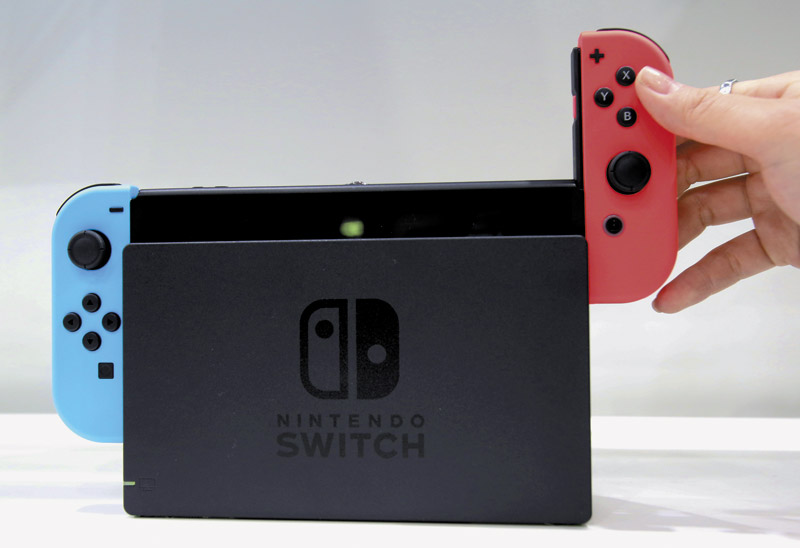The Human Connection
The lament is so common it has become cliché: People just don’t talk to each other anymore.
We’ve always got our heads buried in our phones, scrolling mindlessly through our Insta-gram feeds, staring at screens, screens, screens instead of faces. Lost in all this technology is our own ability to connect with other people — that, at least, is the common refrain.
So Nintendo has rolled up to save the day with its new Switch console (to be released March 3), and among its new gimmicks are an unorthodox take on local multiplayer.
As technology has improved, multiplayer gaming has moved out of the living room, where friends once gathered to play Mario Party (and consequentially end said friendships in volcanic fits of rage), to online, where friends from around the world more frequently play team-based shooters like Overwatch.
Nintendo has never quite matched the sophistication of PC, PlayStation or Xbox online multiplayer (being perpetually bogged down with archaic friend codes, slow servers and poor connections), which possibly explains why it is doubling down on its perennial strength in the Switch.
Now, this makes perfect sense so far and seems really quite normal — except that Nintendo’s grand idea this time around is that players ought to look directly at one another … and not the screen.
This principle is best illustrated in the mini-game collection 1-2 Switch, where dueling players can engage in cowboy shootouts, sword fighting, dancing and, of course, cow milking, all while staring their opponent dead in the eye. The trailer also includes a disconcerting scene of enthusiastic people pretending to play tennis without any visual cue as to where the ball would be. (I’m not kidding about the cow milking, by the way. Yank those udders.)
On one hand, this is an entirely meaningless gesture — people will still look at the screen out of habit and necessity, and 1-2 Switch itself lacks replay value and will likely fade from relevance after the release window passes (much as Wii Play did two console generations ago).
But, on the other hand, Nintendo has made a significant gesture here: the rejection of the avatar stand-in for physical human interaction. Rather than hiding behind the friendly personas of Mario or Peach, or even generic characters, Nintendo has stripped away masks and required a reclaiming of individual identity in this console iteration.
Though technology has surely allowed us to connect with people far and wide, the cool veil of distance also has enabled us to become cruel. Sending venomous diatribes to strangers via Twitter is the new normal, just as raining abuse down on your online game opponents in all manner of colorful racial and sexual slurs is so common it has long since become a joke and cliché.
We’ve forgotten that people are standing behind these screens. And while Nintendo’s idea is silly, maybe that’s all they’re trying to remind us, at least one game at a time — your opponent is not a monster, but someone not so different than you.
PTAKEYA@MIDWEEK.COM
TWITTER: @LORDMAYOCLOUD


